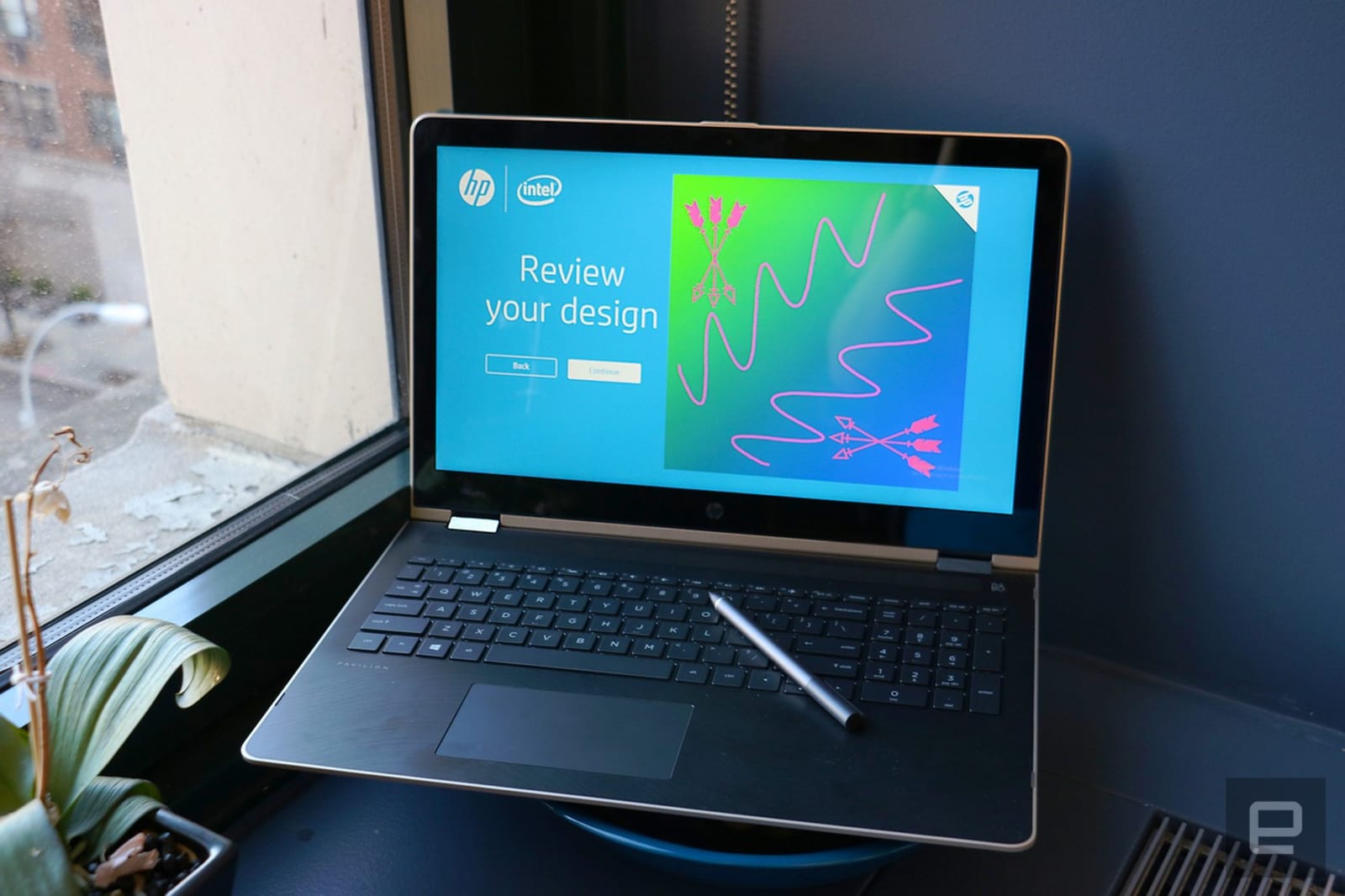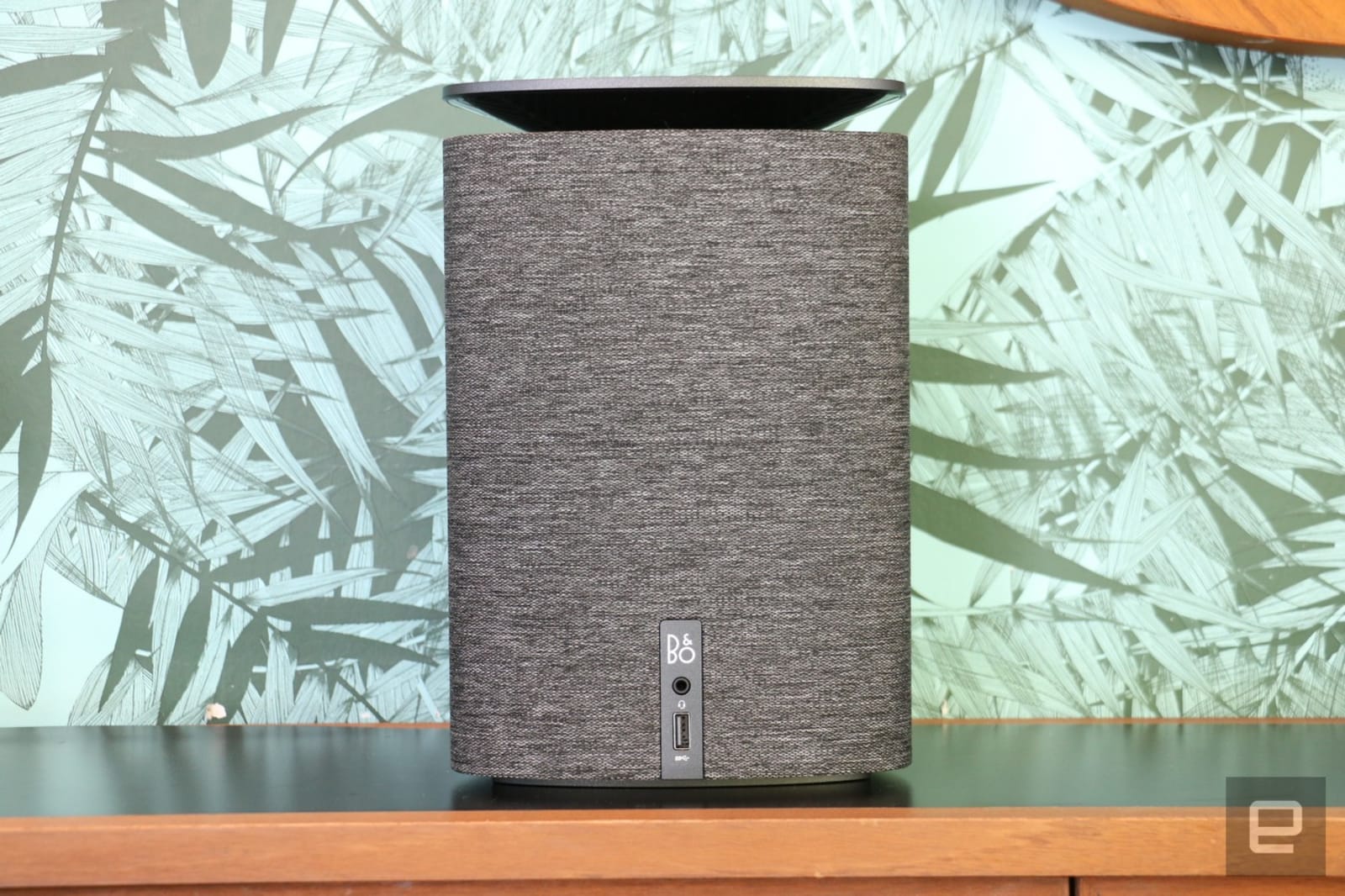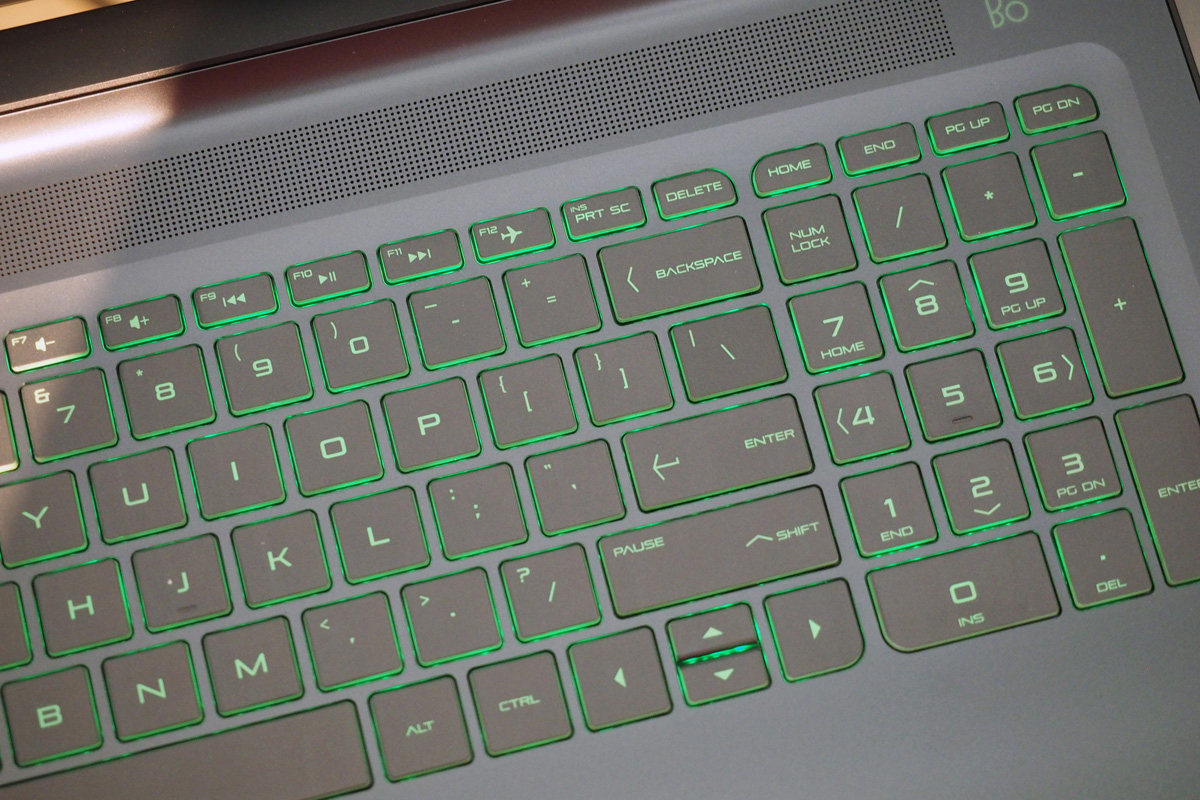
Didn't you hear? All of HP's top-shelf product consumer products will henceforth have the word "Spectre" in the name. So, it makes sense that the company would expand beyond laptops and release a futuristic desktop bearing the same branding. Indeed, the company just announced the Spectre One, a 23.6-inch all-in-one with a skinny design and nice-to-have features like NFC.
Though that aluminum frame and tilting 1080p display are pleasing to look at, the real story isn't what the Spectre One has, so much as what's missing. You see, in order to get the system down to 11.5mm thick, the design team had to forgo certain features you might otherwise expect -- features like a TV tuner, touchscreen and even an optical drive. It's a gamble, to be sure, but HP is betting that fashion-forward, tech-savvy users won't really mind. (The jury is out on whether a Windows 8 all-in-one without touch is a missed opportunity.) In any case, HP did include four USB ports (two of them 3.0), HDMI input, an Ethernet jack, Beats Audio and a memory card reader, with optional discrete graphics and SSDs. The components are also easily serviceable via a back door, if tinkering is your idea of fun. Lastly, the One ships with a keyboard, Magic Trackpad-style wireless touchpad and two NFC tags, which can be assigned to favorite websites.
In addition to the Spectre One, HP also trotted out three other all-in-ones. At the mid-range, you'll find the Envy 20 and 23, which have 20- and 23-inch screens, respectively, with 1,920 x 1,080 resolution. Rounding out the list, the company announced the low-end Pavilion 20, another 1080p system. Put simply, the two Envy systems have touchscreens, Beats Audio and will be offered with Ivy Bridge processors only; the Pavilion is non-touch, and will be offered with both Intel and AMD chips. Whichever you choose, HP's old Magic Canvas UI for Windows is gone; in its place, the "Connected Suite," which includes a mix of desktop and mobile apps for sharing photos, streaming music and remote access. Though the mobile applications work with iOS and Android devices, you'll need a Windows 8 laptop on one end of the setup -- specifically, an HP PC. That's right: for now, at least, the software will only work on the company's own computers.
The Envy 20, Envy 23 and Pavilion 20 will all be available on October 23rd, with the budget Pavilion going for $499 and the two Envys starting at $849 and $1,099, respectively. The Spectre One doesn't arrive until November 14th, but when it does it will cost $1,299.
Continue reading HP announces Spectre One desktop, three other all-in-ones
Filed under: Desktops
HP announces Spectre One desktop, three other all-in-ones originally appeared on Engadget on Mon, 10 Sep 2012 00:01:00 EDT. Please see our terms for use of feeds.
Permalink | |
Email this |
Comments
 HP has picked an unlikely event for the launch of its new Pavilion laptops: Coachella. As wacky as it sounds, the company actually has a somewhat logical reason for the choice. It's showing off the laptops' new stylus input support, and is betting th...
HP has picked an unlikely event for the launch of its new Pavilion laptops: Coachella. As wacky as it sounds, the company actually has a somewhat logical reason for the choice. It's showing off the laptops' new stylus input support, and is betting th...
 HP has picked an unlikely event for the launch of its new Pavilion laptops: Coachella. As wacky as it sounds, the company actually has a somewhat logical reason for the choice. It's showing off the laptops' new stylus input support, and is betting th...
HP has picked an unlikely event for the launch of its new Pavilion laptops: Coachella. As wacky as it sounds, the company actually has a somewhat logical reason for the choice. It's showing off the laptops' new stylus input support, and is betting th...
 Is that a speaker? Or a router? Those are questions my colleague actually asked me when I showed him my photos of the HP Pavilion Wave. He was wrong on both counts, but it's easy to see why he was confused. The Pavilion Wave is a 10-inch tall desktop...
Is that a speaker? Or a router? Those are questions my colleague actually asked me when I showed him my photos of the HP Pavilion Wave. He was wrong on both counts, but it's easy to see why he was confused. The Pavilion Wave is a 10-inch tall desktop...
 After taking a long break from making gaming notebooks, HP finally got back in the saddle last year when it unveiled the Omen, a slim gaming laptop priced at $1,500. It generally earned respectable reviews on account of its stylish design and decen...
After taking a long break from making gaming notebooks, HP finally got back in the saddle last year when it unveiled the Omen, a slim gaming laptop priced at $1,500. It generally earned respectable reviews on account of its stylish design and decen...










